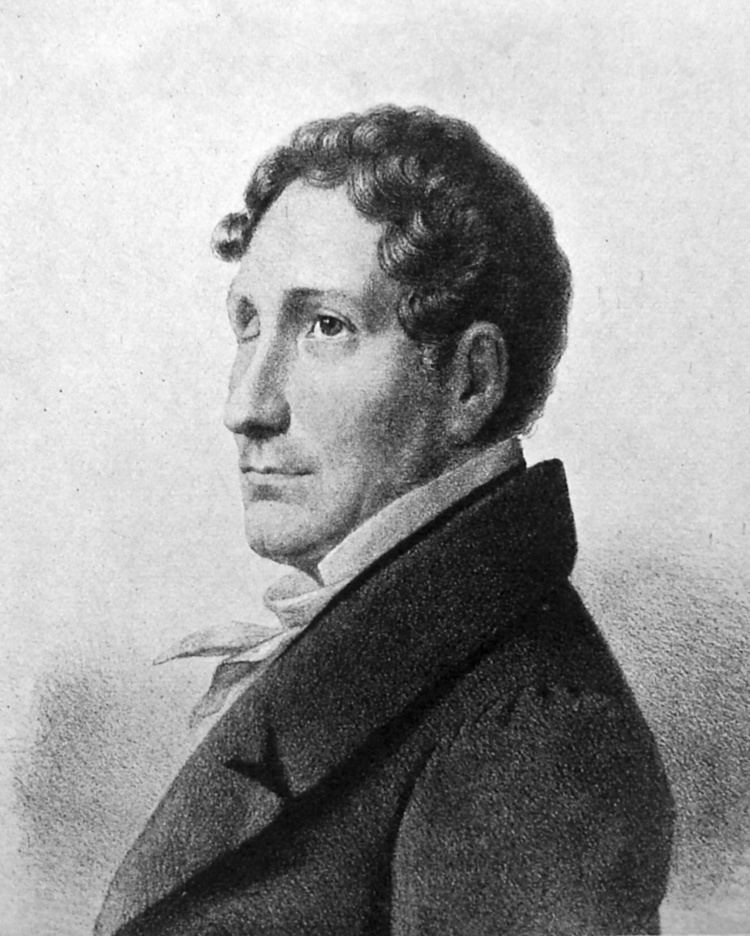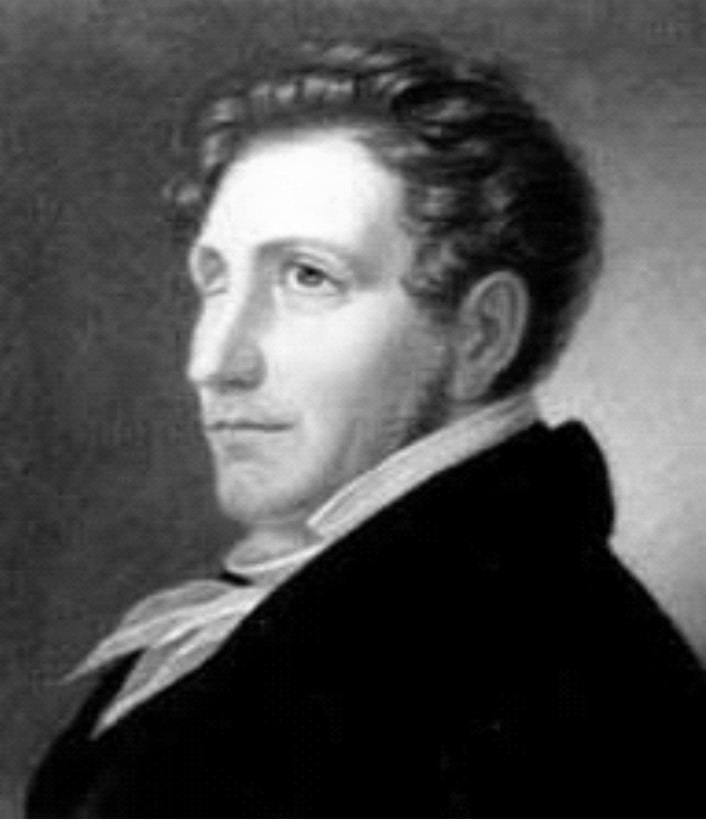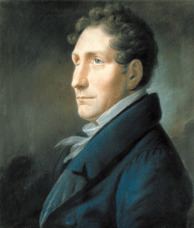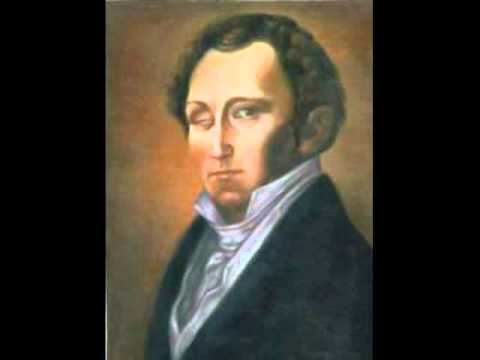Name Friedrich Kuhlau Role Composer | ||
 | ||
Compositions O - hur harligt majsol ler (Majsang), O - hur harligt majsol ler (Majsang), Lulu - op 65, Lulu - op 65, Sonatina in C major - op 55 no 1: I Allegro, Sonatina in C major - op 55 no 1: I Allegro, Piano Quartet in G minor - op 108: III Adagio sostenuto assai, Piano Quartet in G minor - op 108: III Adagio sostenuto assai, Sonatina in F major - op 88 no 4: II Andante con moto, Sonatina in F major - op 88 no 4: II Andante con moto, Sonatina in G major - op 55 no 2: I Allegretto, Sonatina in G major - op 55 no 2: I Allegretto, Sonatina in G major - op 88 no 2: I Allegro assai, Sonatina in G major - op 88 no 2: I Allegro assai, Sonatina in F major - op 55 no 4: I Allegro non tanto, Sonatina in F major - op 55 no 4: I Allegro non tanto, Sonatina in G major - op 20 no 2: II Adagio e sostenuto, Sonatina in G major - op 20 no 2: II Adagio e sostenuto, Sonata in A major - op 59 no 1: II Rondo: Allegro scherzando, Sonata in A major - op 59 no 1: II Rondo: Allegro scherzando, Sonatina in C major - op 55 no 3: II Allegretto grazioso, Sonatina in C major - op 55 no 3: II Allegretto grazioso, Sonatina in F major - op 88 no 4: III Rondo alla Polacca, Sonatina in F major - op 88 no 4: III Rondo alla Polacca, Sonatina in C major - op 55 no 3: I Allegro con spirito, Sonatina in C major - op 55 no 3: I Allegro con spirito, Sonatina in G major - op 88 no 2: II Andante cantabile, Sonatina in G major - op 88 no 2: II Andante cantabile, Piano Concerto in C major - op 7: I Allegro, Piano Concerto in C major - op 7: I Allegro, Sonatina in F major - op 20 no 3: I Allegro con spirito, Sonatina in F major - op 20 no 3: I Allegro con spirito, Sonatina in G major - op 20 no 2: III Allegro scherzando, Sonatina in G major - op 20 no 2: III Allegro scherzando, String Quartet in A minor - op 122: I Introduzione Andante sostenuto - Allegro assai poco agitato, String Quartet in A minor - op 122: I Introduzione Andante sostenuto - Allegro assai poco agitato, Elverhoj: Menuetto, Elverhoj: Menuetto, Sonatina in C major - op 55 no 1: II Vivace, Sonatina in C major - op 55 no 1: II Vivace, Elverhoj: Slutningskor, Elverhoj: Slutningskor, String Quartet in A minor - op 122: II Adagio con espressione, String Quartet in A minor - op 122: II Adagio con espressione, Sonatina in G major - op 20 no 2: I Allegro, Sonatina in G major - op 20 no 2: I Allegro, Sonatina in C major - op 88 no 1: II Andantino, Sonatina in C major - op 88 no 1: II Andantino, Sonatina in A minor - op 88 no 3: I Allegro con affetto, Sonatina in A minor - op 88 no 3: I Allegro con affetto, Sonatina in C major - op 88 no 1: III Rondo: Allegro, Sonatina in C major - op 88 no 1: III Rondo: Allegro, Piano Quartet in G minor - op 108: IV Finale Allegro poco agitato, Piano Quartet in G minor - op 108: IV Finale Allegro poco agitato, Sonatina in C major - op 20 no 1: II Andante, Sonatina in C major - op 20 no 1: II Andante, Roverborgen: Overture, Roverborgen: Overture, Sonatina in A minor - op 88 no 3: III Allegro burlesco, Sonatina in A minor - op 88 no 3: III Allegro burlesco, Sonatina in A minor - op 88 no 3: II Andantino, Sonatina in A minor - op 88 no 3: II Andantino, Sonata in F major - op 59 no 2: II Rondo: Allegro, Sonata in F major - op 59 no 2: II Rondo: Allegro, Sonatina in C major - op 20 no 1: III Rondo: Allegro, Sonatina in C major - op 20 no 1: III Rondo: Allegro, Sonatina in G major - op 88 no 2: III Rondo: Vivace, Sonatina in G major - op 88 no 2: III Rondo: Vivace, Sonatina in F major - op 55 no 4: II Andantino con espressione, Sonatina in F major - op 55 no 4: II Andantino con espressione, Sonatina in F major - op 20 no 3: II Larghetto, Sonatina in F major - op 20 no 3: II Larghetto, Sonatina in F major - op 88 no 4: I Allegro molto, Sonatina in F major - op 88 no 4: I Allegro molto, Sonatina in C major - op 55 no 6: II Menuetto, Sonatina in C major - op 55 no 6: II Menuetto, Sonatina in D major - op 55 no 5: I Tempo di Marcia, Sonatina in D major - op 55 no 5: I Tempo di Marcia, Trillingbrodrene fra Damask - op 115: Overture, Trillingbrodrene fra Damask - op 115: Overture, Sonatina in G major - op 55 no 2: II Cantabile, Sonatina in G major - op 55 no 2: II Cantabile, Sonatina in C major - op 55 no 6: I Allegro maestoso, Sonatina in C major - op 55 no 6: I Allegro maestoso, Sonata in C major - op 59 no 3: I Allegro con spirito, Sonata in C major - op 59 no 3: I Allegro con spirito, String Quartet in A minor - op 122: IV Finale Allegro molto, String Quartet in A minor - op 122: IV Finale Allegro molto, Trylleharpen - op 27: Overture, Trylleharpen - op 27: Overture, Sonata in F major - op 59 no 2: I Allegro, Sonata in F major - op 59 no 2: I Allegro, Elisa - op 29: Overture, Elisa - op 29: Overture, Sonata in A major - op 59 no 1: I Allegro, Sonata in A major - op 59 no 1: I Allegro, Piano Quartet in G minor - op 108: I Allegro con molto fuoco, Piano Quartet in G minor - op 108: I Allegro con molto fuoco, Sonatina in F major - op 55 no 4: III Alla Polacca, Sonatina in F major - op 55 no 4: III Alla Polacca, Hugo and Adelheid - op 107: Overture, Hugo and Adelheid - op 107: Overture Similar People Jeno Jando, Michael Schonwandt, Jean‑Pierre Rampal, Johann Heinrich Voss, Bent Fabric | ||
Friedrich kuhlau concertino in f minor for two horns op 45 1822
Friedrich Daniel Rudolf Kuhlau (German; Danish sometimes Frederick Kulav) (11 September 1786 – 12 March 1832) was a German-born Danish composer during the Classical and Romantic periods. He was a central figure of the Danish Golden Age and is immortalized in Danish cultural history through his music for Elves' Hill, the first true work of Danish National Romanticism and a concealed tribute to the absolute monarchy. To this day it is his version of this melody which is the definitive arrangement.
Contents
- Friedrich kuhlau concertino in f minor for two horns op 45 1822
- Friedrich kuhlau r verborgen ouverture
- Early life and education
- Operatic works
- Other works
- References

During his lifetime, Kuhlau was known primarily as a concert pianist and composer of Danish opera, but was responsible for introducing many of Beethoven's works, which he greatly admired, to Copenhagen audiences. Kuhlau was a prolific composer, as evidenced by the fact that although his house burned down, destroying all of his unpublished manuscripts, he still left a legacy of more than 200 published works in most genres.

Friedrich kuhlau r verborgen ouverture
Early life and education

Kuhlau was born on 11 September 1786 just south of Lüneburg in Uelzen district of Lower Saxony (Germany). At the age of seven, he lost his right eye when he slipped on ice and fell. His father, grandfather, and uncle were military oboists. Even though Kuhlau was born to a poor family, his parents managed to pay for piano lessons. Later he studied the piano in Hamburg where he also had his debut as a pianist in 1804.

In 1810, he fled to Copenhagen to avoid conscription in the Napoleonic Army, which overwhelmed the many small principalities and duchies of northern Germany, and in 1813 he became a Danish citizen.
Operatic works
Kuhlau had his breakthrough in 1814 at the Royal Danish Theatre with Røverborgen ("The Robbers' Castle"), a singspiel with a libretto by Adam Oehlenschläger.
His next few dramatic works, including Trylleharpen (1817), Elisa (1820) and Hugo og Adelheid (1827), lacking drama, failed miserably. With Lulu from 1824 he finally once again experienced success with one of his singspiels. He also wrote music for performances of William Shakespeare's plays.
In 1828 he achieved his greatest success when he wrote the music for Elverhøj. It won immediate popularity, especially for its overture and the final royal anthem, Kong Christian stod ved høien Mast (King Christian Stood by the Towering Mast). In the music, Kuhlau made very effective use of Danish and Swedish folk tunes. In 1976 the overture was rearranged by Danish composer Bent Fabricius-Bjerre and used as the soundtrack in a scene in the film The Olsen Gang Sees Red. The scene depicts the Olsen Gang breaking into The Royal Theater of Copenhagen, making their way through bricked up walls using explosives and other means. The whole break-in is choreographed so it corresponds directly to the music. The scene is one of the most – if not the most – recognized in the history of Danish film.
Other works
Alongside his dramatic works, Kuhlau wrote several compositions for flute and a large number of works for piano. Particularly his short pieces, sonatinas, for piano, enjoyed great popularity both in Denmark and abroad.
Beethoven, whom Kuhlau knew personally, exerted the greatest influence upon his music. Kuhlau's C major Piano Concerto, Op. 7 from 1810 displays a strong influence from Beethoven's Piano Concerto No. 1 in C major, written 14 years earlier. All three movements of the work are strongly reminiscent of the corresponding movements in Beethoven's work, making it a musical pastiche.
In addition to the above-mentioned piano concerto were a string quartet and several works for piano that included all the current genres of the day: sonatas, sonatinas, waltzes, rondos and variations. He also created several works for the strings with piano (three quartets and two quintets, and several violin sonatas), works of incidental music and several operas. However, his most-often recorded and played works are several piano sonatinas and numerous works for flute. It is because of these flute works that he was nicknamed "the Beethoven of the flute" during his lifetime.
